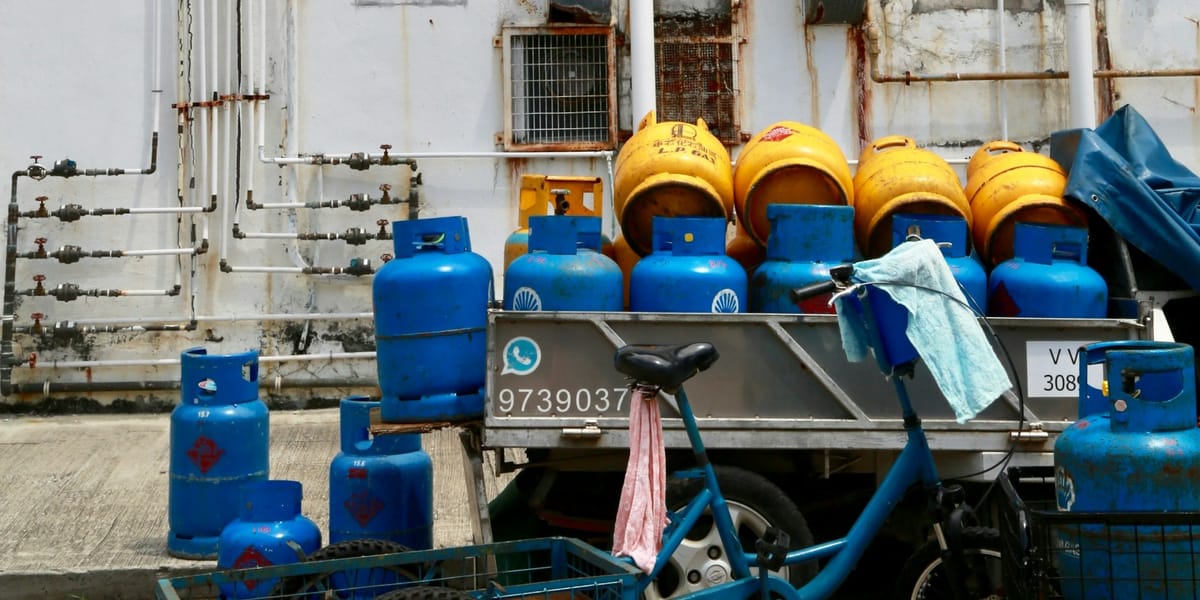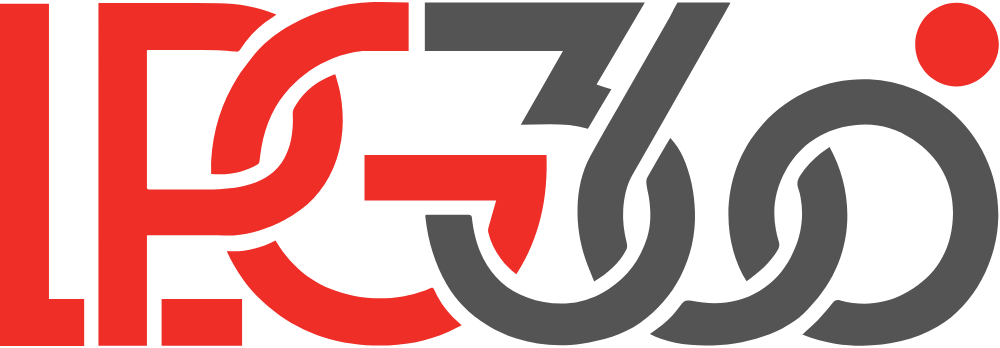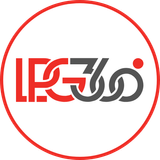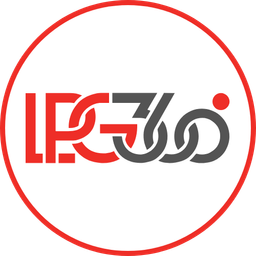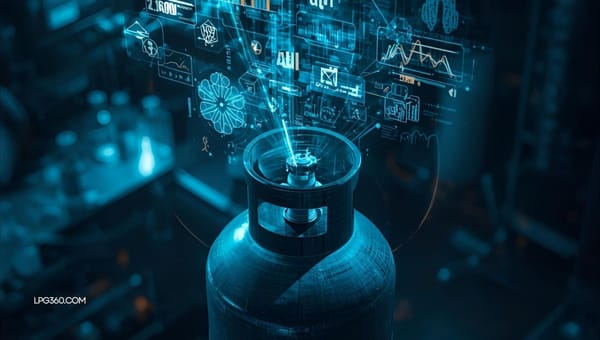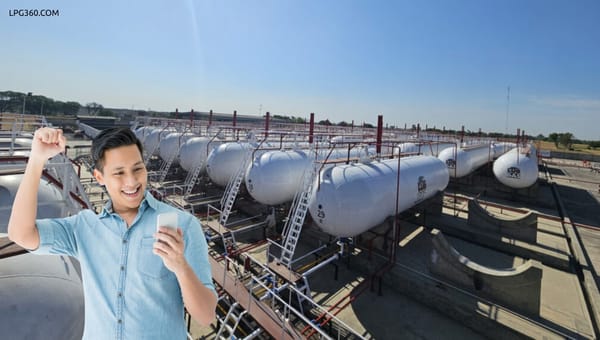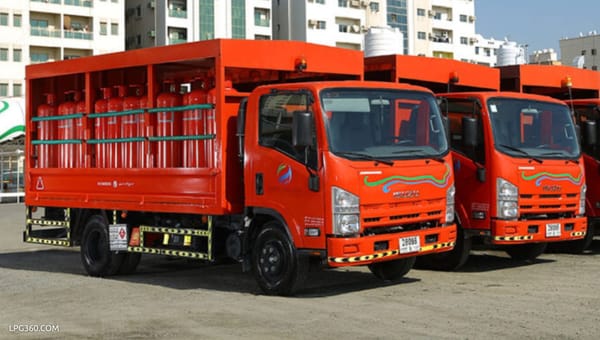Shifting Flames: Decoding the New Dynamics of the Global LPG Market
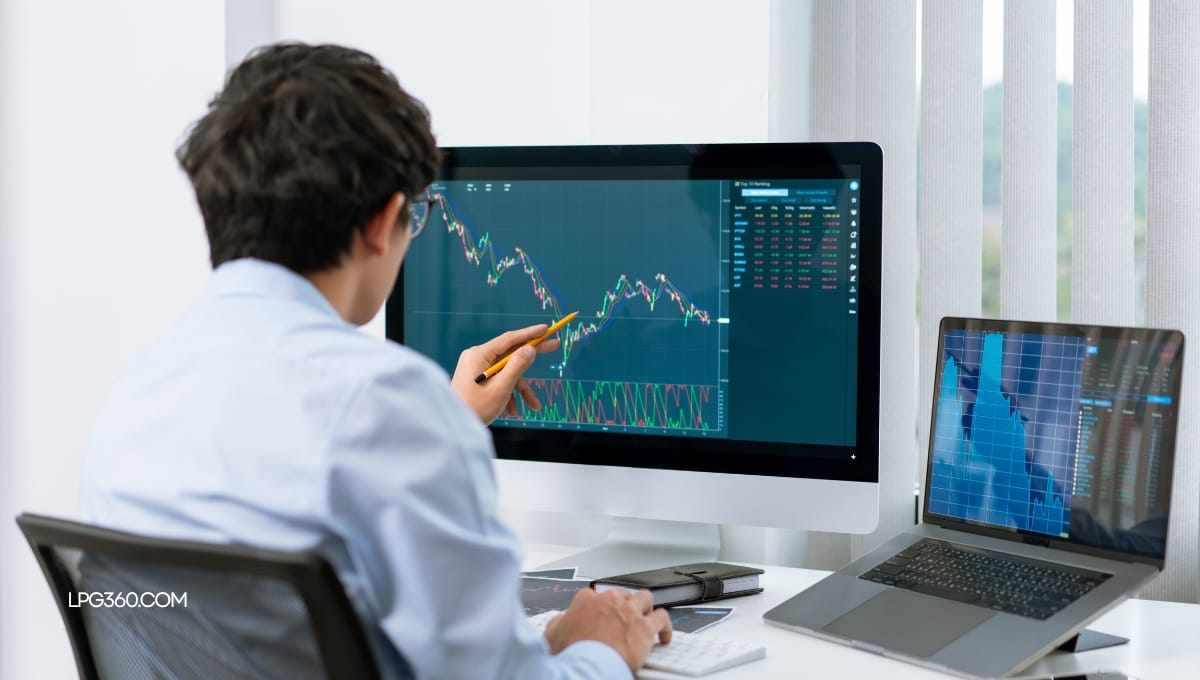
The global LPG market is undergoing a significant transformation, driven by shifting demand centers, digital disruptions, and sustainability pressures. Understanding these evolving market trends is crucial for stakeholders across the LPG value chain. In this blog, we explore the latest dynamics influencing the LPG industry and how businesses can adapt to ensure sustained growth.
Asia and Africa: The New Epicenters of Demand
Historically, North America and Europe dominated LPG consumption, but Asia and Africa are now driving growth. Rapid urbanization, population growth, and efforts to transition away from biomass have positioned countries like India, Bangladesh, Kenya, and Nigeria as key growth markets. Subsidy programs and LPG-for-all campaigns are fueling this shift.
Domestic Use Still Dominant, But Diversification is Rising
While household cooking remains the primary use, new sectors are joining the demand chain. Commercial kitchens, small manufacturing units, agricultural drying, and remote power generation are emerging as niche demand drivers. This sectoral diversification is reshaping demand forecasting and supply logistics.
Digital Evolution in LPG Distribution
Smart distribution is becoming a key differentiator in competitive LPG markets. Companies are implementing mobile-based ordering apps, automated cylinder tracking, and route optimization systems. These innovations reduce delivery time, minimize loss, and elevate customer experience, making traditional models obsolete.
Sustainability Pressure Driving Green Innovation
Governments and international watchdogs are placing pressure on energy companies to reduce carbon footprints. In response, LPG suppliers are investing in Bio-LPG and synthetic alternatives derived from organic and waste materials. These renewable LPG variants offer comparable performance with a significantly lower environmental impact.
Global Shipping & Pricing Volatility
The Russia-Ukraine war, Suez Canal delays, and OPEC+ decisions have contributed to volatile shipping routes and fluctuating prices. This instability has forced many import-reliant countries to invest in local bottling plants and storage terminals to mitigate risks and ensure supply resilience.
Policy Trends: Subsidy Reforms and Price Rationalization
Countries are reevaluating LPG subsidy structures to reduce fiscal burdens while ensuring affordability for the poor. Some nations are shifting towards targeted cash transfers, while others are promoting energy-efficient stoves to lower LPG consumption per household. These reforms directly affect market penetration and consumption behavior.
Rise of Corporate and B2B Consumption Models
Retail is no longer the only game. Bulk LPG supply contracts for hotels, hospitals, factories, and real estate developers are gaining ground. These B2B models enable efficient usage, bulk pricing advantages, and customized safety solutions, especially in emerging economies.

Conclusion
The LPG market is entering a transformative phase where innovation, sustainability, and regional shifts are setting the tone for the next decade. Stakeholders who understand these dynamics—and adapt early—will lead the charge in shaping a resilient, inclusive, and smarter energy future. By investing in strategic foresight today, LPG businesses can become industry leaders tomorrow.
Stay ahead—adapt your LPG strategy to meet tomorrow’s market today.
#LPG #LPG360 #LPGMarketTrends #GlobalLPGShift #SmartDistribution #BioLPG #LPGDigitalTransformation #EnergyTransition #LPGAfrica #LPGAsiaGrowth #CleanEnergyFuture #LPGSupplyChain #LPGInnovation #SustainableFuel #EnergySecurity #LPGSmartApps #LPGResilience #UrbanEnergyAccess #RenewableLPG #GasIndustry2025 #B2BLPGMarket #LPGPolicyTrends
